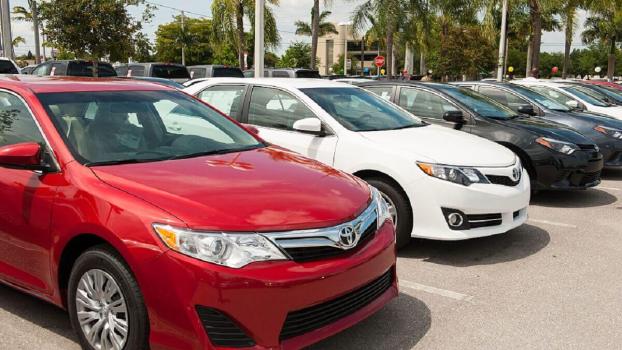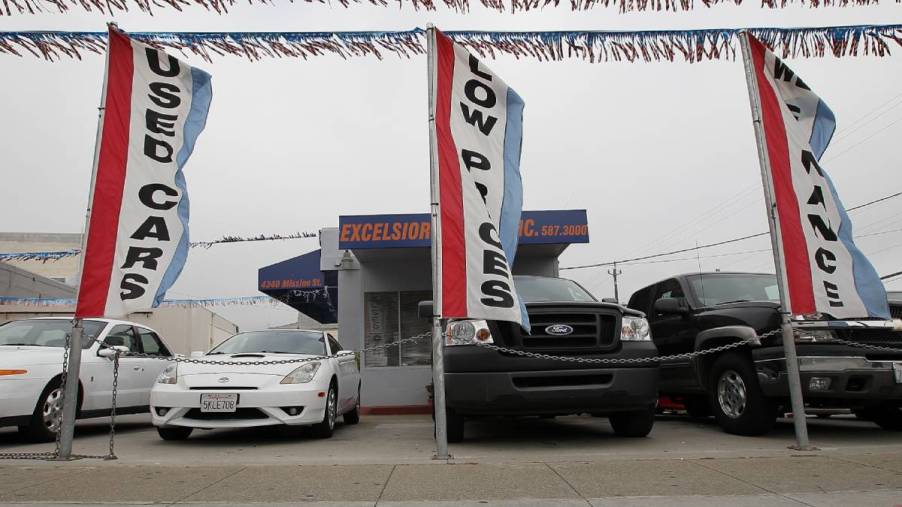
Compare Used Cars With Confidence: A Guide to Ease Your Shopping Process
Shopping for a used car can be tough, especially if you can’t decide between two cars. It’s even harder to shop between identical cars – like two 2019 Toyota Corollas. After all, no two used cars are alike. Every used car will be in a different condition, have different mileage counts on the odometers, and have different features. If you’re having trouble deciding, here is a guide to make the car shopping process easier by letting you know what to look for when comparing cars.
Compare the features of both cars
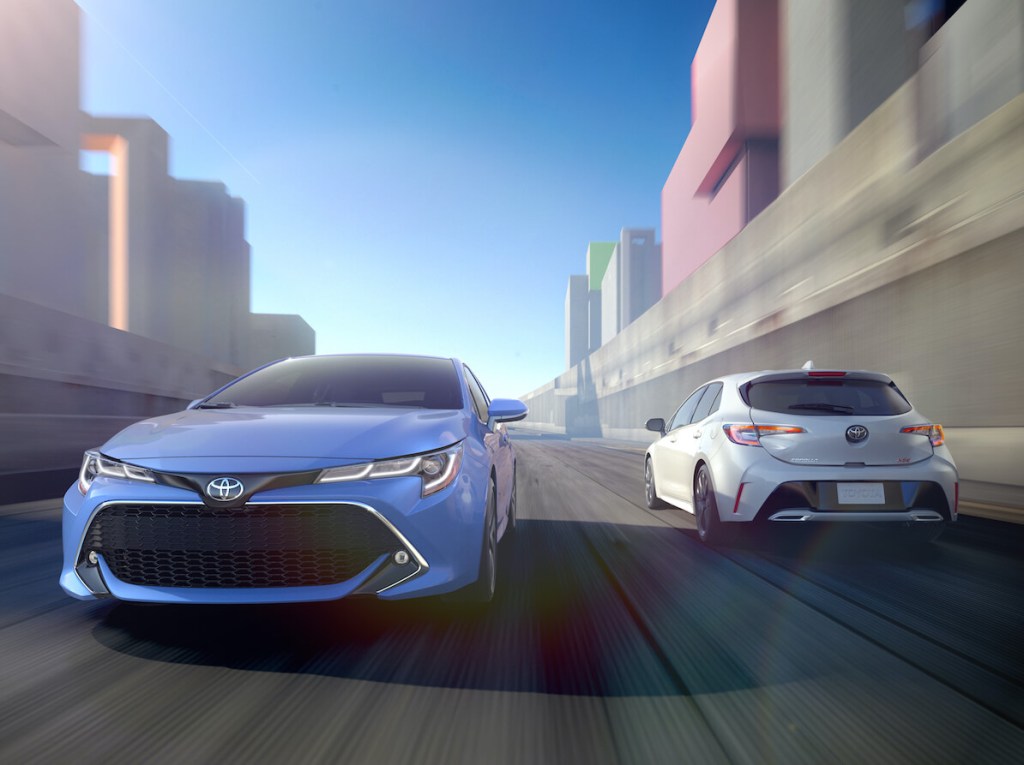
When comparing two cars, it’s important to look at the features both offer. Using our previous example of comparing two 2019 Toyota Corollas, we suggest comparing the trim levels of each and noting the features each one has. For example, if one Corolla is an XLE trim, it will have heated front seats with power adjustability, but if the other is an SE, it won’t.
If these features are important to you, the Corolla XLE trim level is the one to get. Just note that it will have a higher price. We suggest taking inventory of your must-have features when shopping for a car to weed out the cars and trim levels you don’t want.
Check the mileage on both cars
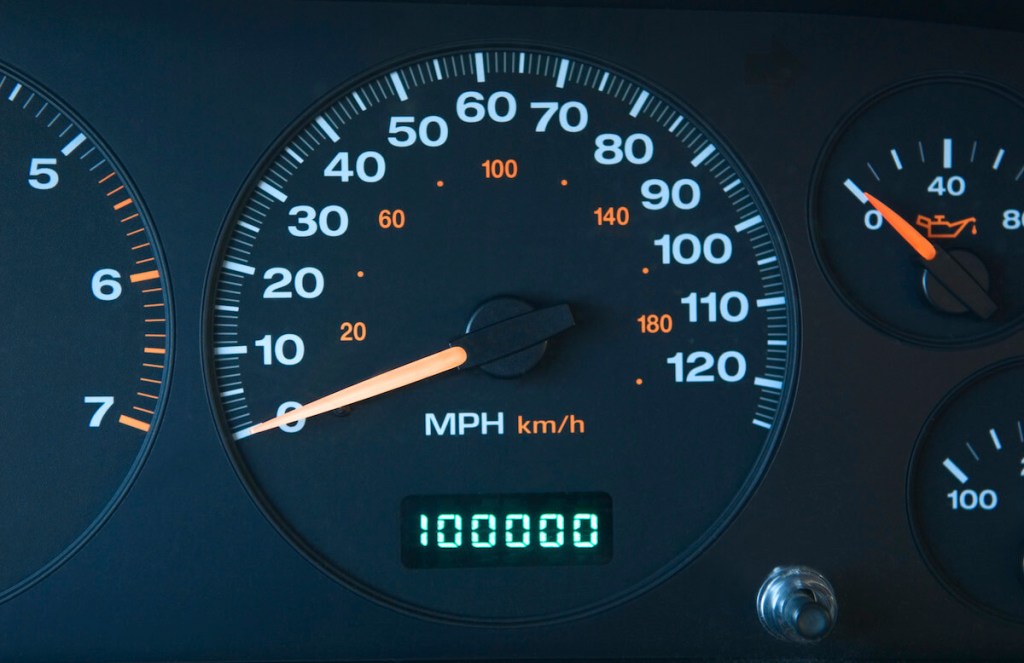
This one is a no-brainer, but it’s important to compare the mileage between the cars you’re interested in. Although it’s easy to advise going with the car with the lowest mileage, there could be other factors that make it less appealing than the other cars.
For example, let’s say you’re comparing two Toyota Corollas and the base LE model has only 15,000 miles on the clock, but the XSE model has 30,000. In that case, it would be better to go with the higher-trim model. This is also true if one car is in better condition than the other.
Check the condition of each car
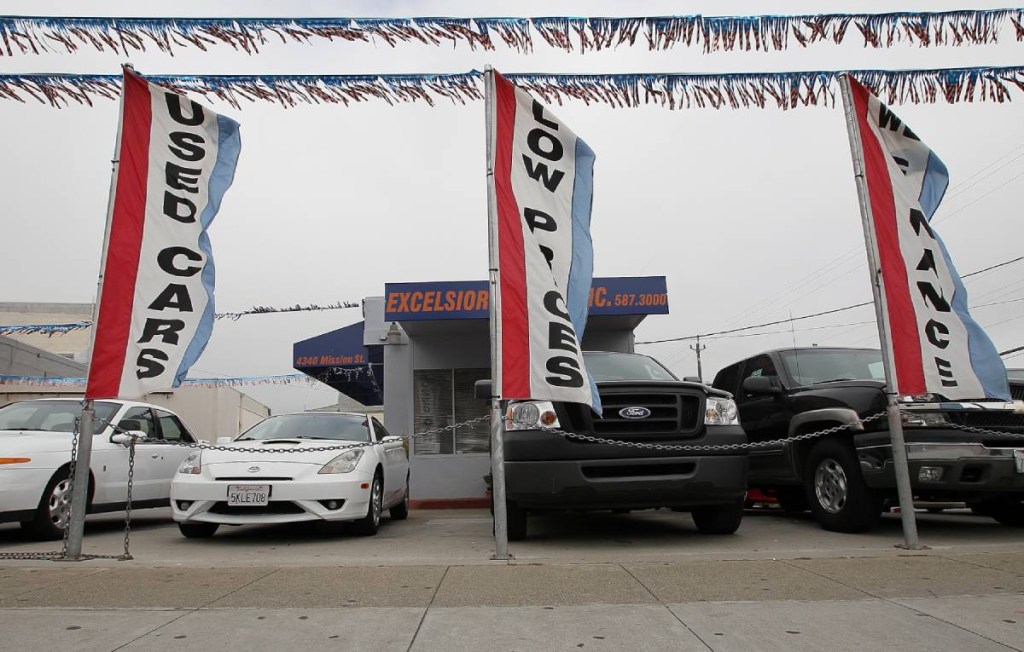
We don’t expect you to have X-ray vision when comparing used cars, but it pays to look at each car closely. Look under the hood and underneath the car for any signs of rust or damage. Check the trunk area and interior for any watermarks, which could be signs of leaks. Check around the engine for any tell-tale signs of fluid leaks, and listen closely for any weird noises.
You don’t have to be a mechanic to inspect a car and know it’s not running properly. However, when you pick the car that you want to buy, we recommend having a pre-purchase inspection done before making the final purchase.
Evaluate each car with a thorough test drive

The test drive is the most important part of the research process. Again, you don’t need to be a professional driver to determine which car is right for you. We recommend listening to the way the car operates while driving.
Are there any squeaks or rattles? Do you notice any vibrations when accelerating or braking? Also, which car feels right to you? Ultimately, a car could have everything you want in it and not feel like the right one due to having uncomfortable seats or not enough head or legroom. That said, drive the car like you normally would every day for around 30 minutes to get a good feel for it.
Which car has a better warranty?
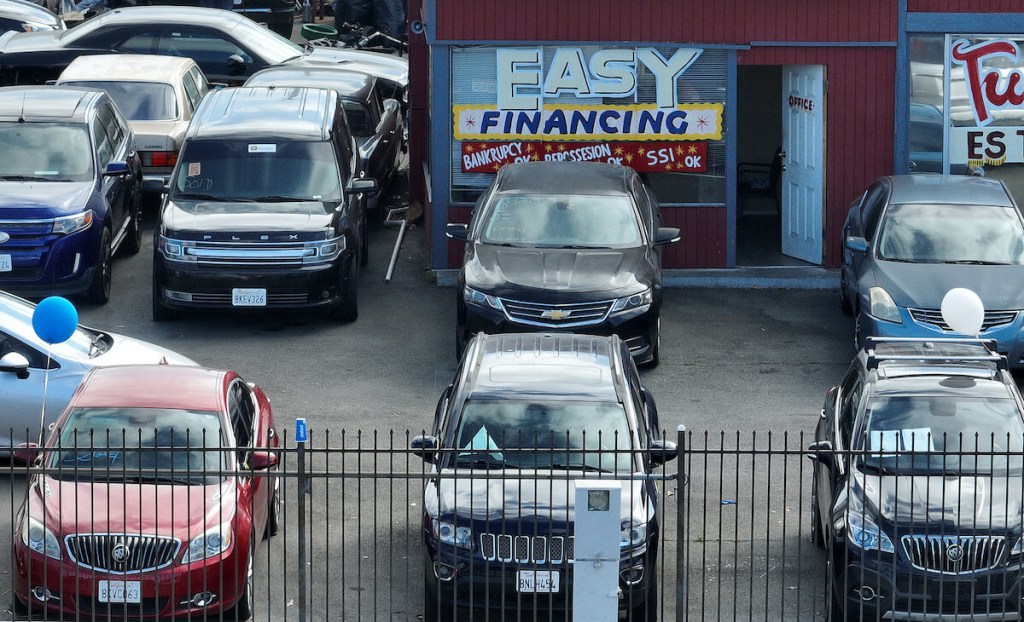
Another factor to consider is the type of warranty offered with each used car. If one of the cars you’re comparing is a certified pre-owned unit, it will have some of the new car warranty left in addition to another year. That could make it more attractive than the other cars.
On the flip side, some used cars come “as is,” which means they don’t have a warranty. This could be a deal-breaker in some cases, so it’s important to ask the salesperson about the warranty information.
Check the vehicle history reports of each car
Whether you’re comparing cars at different dealerships or private parties, it’s important to obtain a vehicle history report on each. Sites like CarFax and AutoCheck are great places to start and will tell you the service and repair history, title condition, and any previous accidents for each car. When comparing cars, we recommend going with the car with a cleaner history than the rest.
Compare pricing
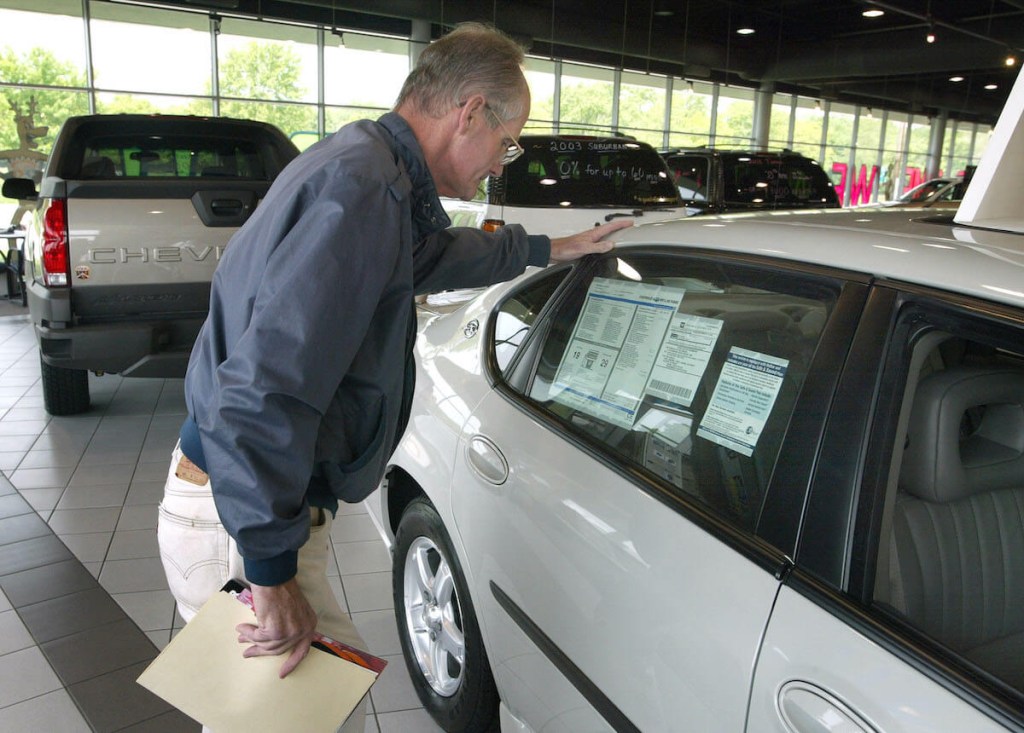
Last but not least, compare the pricing between the cars you’re comparing. Obviously, the lower the price, the better, but not always. It’s better to determine whether the price attached to each car makes it a better value.
For example, the base Toyota Corolla LE will be priced lower than a top-trim Corolla XSE. But if the higher trim level has more miles on the clock but more features, it could still be a better value in the end.
Comparing used cars while shopping isn’t rocket science
Although comparing two or more used cars during the shopping process can be overwhelming, it’s not rocket science. Take your time and compare the cars as objectively as possible without emphasizing too much emotion in any one of them. If you need more help, we suggest checking out the side-by-side comparison tool on Edmunds.

